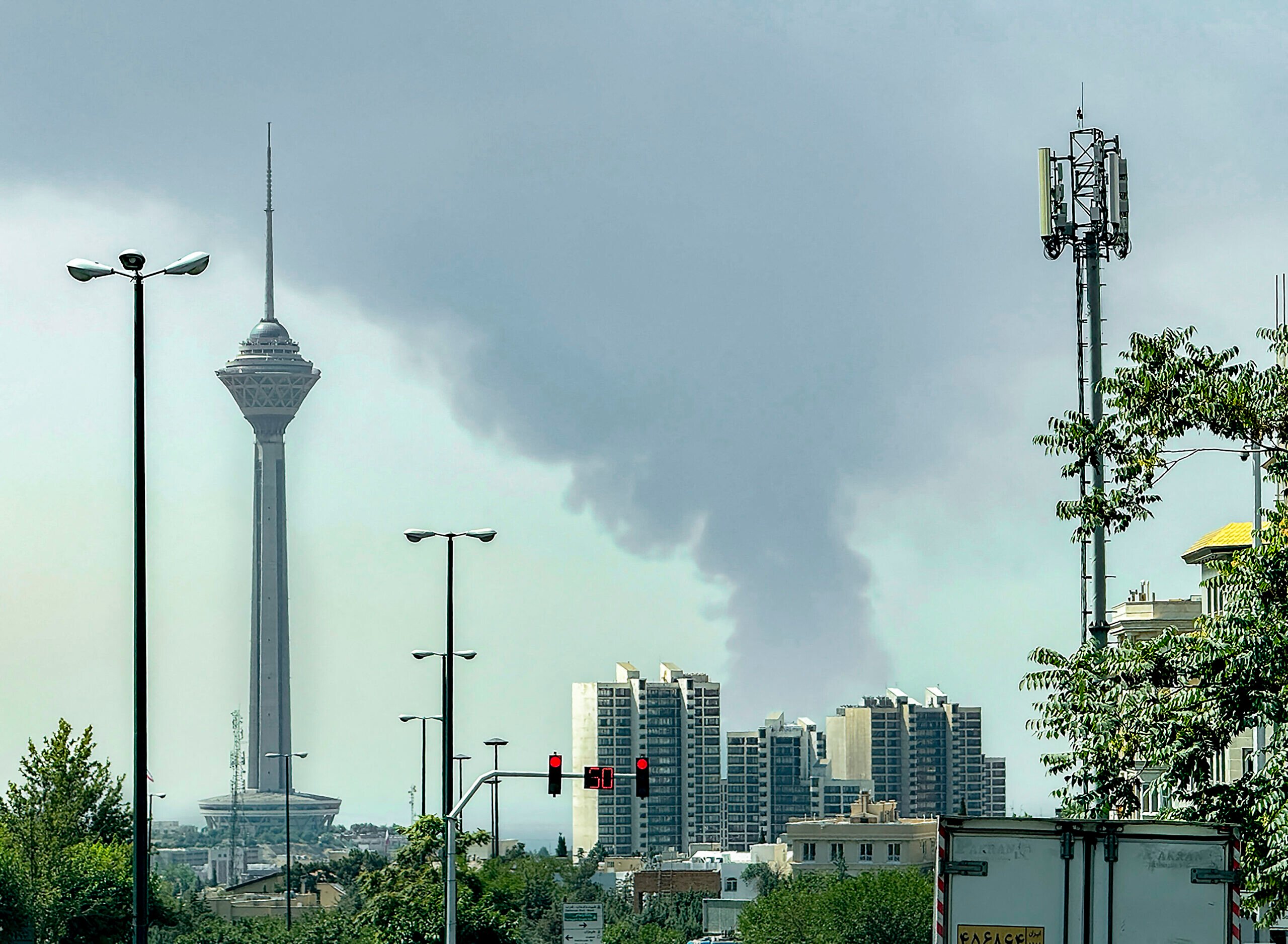Iran’s parliament has voted to close the Strait of Hormuz, the vital shipping channel through which around 20% of the world’s daily oil flows.
The move, which could block $1 billion in oil shipments per day, is likely to send oil prices soaring.
It will come into effect pending a final decision by Iran’s Supreme Council.
The Supreme Council’s decision must be made by tonight, according to Iran’s state-run Press TV.
Iran’s major escalation in response to US strikes on its nuclear facilities “will be done whenever necessary,” Email Kosari, Commander in the Revolutionary Guards, said on Sunday.
The strait connecting the Gulf of Oman with the Persian Gulf is one of the world’s most critical chokepoints — just 20 miles wide at its narrowest point.
Shipping lanes in the strait — the area that is deep enough for ships to pass — are even narrower at less than two miles wide in each direction, making them much more vulnerable to attacks and threats of closure.

 nypost.com
nypost.com
The move, which could block $1 billion in oil shipments per day, is likely to send oil prices soaring.
It will come into effect pending a final decision by Iran’s Supreme Council.
The Supreme Council’s decision must be made by tonight, according to Iran’s state-run Press TV.
Iran’s major escalation in response to US strikes on its nuclear facilities “will be done whenever necessary,” Email Kosari, Commander in the Revolutionary Guards, said on Sunday.
The strait connecting the Gulf of Oman with the Persian Gulf is one of the world’s most critical chokepoints — just 20 miles wide at its narrowest point.
Shipping lanes in the strait — the area that is deep enough for ships to pass — are even narrower at less than two miles wide in each direction, making them much more vulnerable to attacks and threats of closure.

Iran orders closure of Strait of Hormuz — putting one-fifth of world’s oil supply at risk
Iran’s parliament has voted to close the Strait of Hormuz, the vital shipping channel through which around 20% of the world’s daily oil flows.



